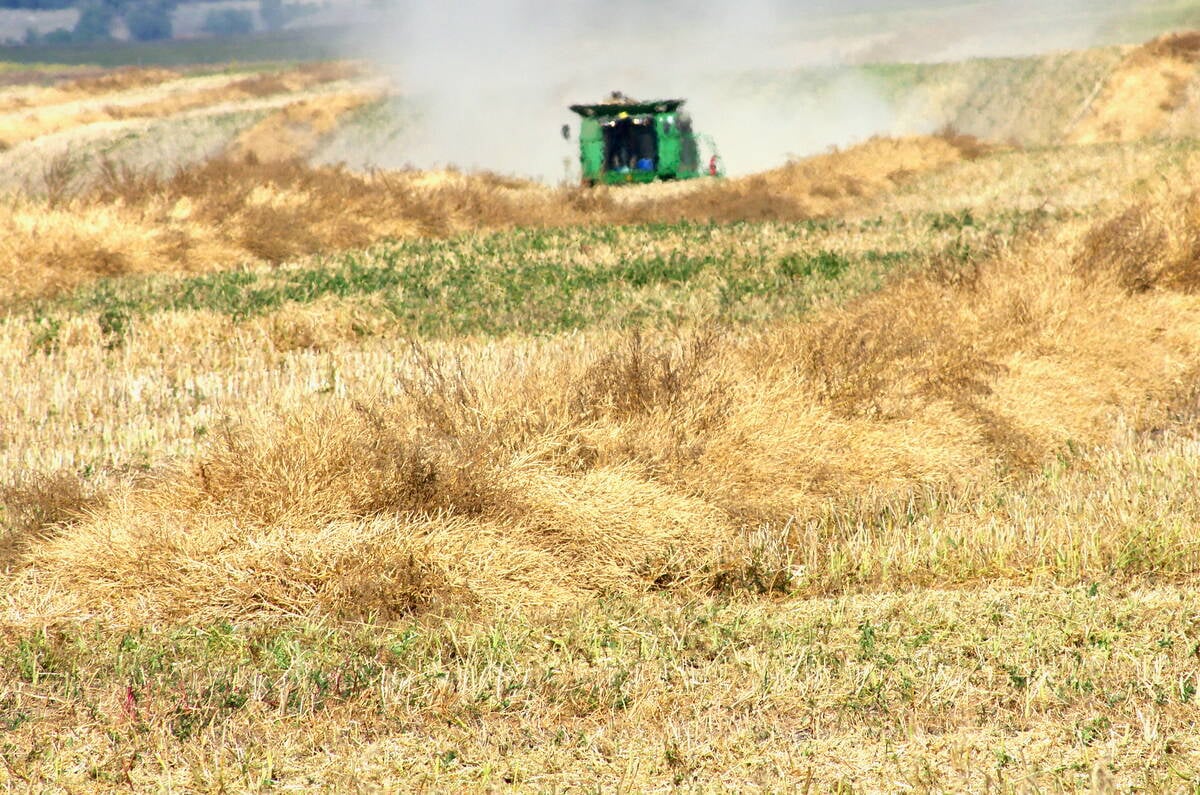Wired about being connected? Dial-up got you down? High speed internet service options in rural areas are expanding rapidly.
The new options are welcome as the growing size of internet files overwhelm the capabilities of the original dial-up service.
Gone are the days of dialing up to a website and having it load quickly enough to go and get a cup of coffee. At 28.8 kilobytes per second, most websites and many e-mails today will give dial-up users time to drive to town and buy the coffee maker before appearing on the screen.
Read Also

Manitoba searches for Plan B on canola oil exports
A new report explores Manitoba’s current canola oil trade and possible alternative markets to the U.S.
At the same time, the internet has become a necessary tool of business, leaving many rural residents in a bind.
Julie Stitt of the Canadian Cattle Identification Agency knows the problem of rural connection first hand.
“We have designed our website (that registers the birth of calves in Canada) so that producers can download an Excel (computer) file and fill it out in the office at home and then send it in to us instead of trying to fill out the forms on-line and getting frustrated … It results in cattle not being registered and producers not wanting to be involved in traceability,” she said.
“Dial-up is becoming a real issue for agricultural business and one that needs to be addressed.”
Mark Richardson, general manager of Your Link Inc., which specializes in rural high speed internet connections, said his company receives many inquiries from farmers.
“I hear from farmers all the time offering to help us find enough neighbours to make it economically viable to get high speed in their area,” he said.
“This is a tool of business and farmers and families are being left behind as the bandwidth necessary just to use the internet expands constantly.”
Your Link uses line-of-sight radio transmissions to reach its customers. At its basic level the radio-based system allows a connection at one megabit per second, more than 30 times faster than a dial-up connection over copper telephone wire.
Richardson’s company has contracts with Saskatchewan Wheat Pool and Agricore United to use their elevators as towers, providing coverage radius of about 20 kilometres over flat ground.
Rolling topography becomes a challenge.
“Its great in most parts of Saskatchewan,” Richardson said.
“Not too many trees or hills. No obstructions. We have newer technology in the north to give us better penetration over shorter distances there.”
While many towns have access to high speed internet through cable and telephone companies, reaching that last kilometre down the road is where the service becomes expensive.
In some rural locations, asymmetric digital subscriber lines are available over upgraded phone and switching facilities providing speeds of up to five Mbps, but they rarely service farms.
Fixed wireless systems are available in some areas using a dish and tower and are similar to radio-based solutions. In most cases wireless equipment, including an antenna and transceiver boxes, cost from $400 to $700 or can be rented from the internet service supplier.
Wimax is the latest system that internet service producers are using to reach that last kilometre. Similar to home or business systems such as WiFi that reach computers directly, these powerful transmission systems in many cases avoid the need for external antennas and boxes to boost or receive signals.
Speeds of up to five Mbps are possible if the service providers’ own data trunks can support them.
Ray Price, owner of Sunterra Foods, an Alberta meat processor and food retailer, set up a tower to support high speed connections for his company’s farming and processing operations. The business uses Alberta Supernet and links the company’s office in Acme, Alta., with its meat packing plant in Trochu, Alta., as well as its farms.
“It’s a necessary part of being in business today,” he said.
“It will be more important next week and next year.”
The Alberta system uses a combination of fibre optic cable, wireless towers and antennas to reach subscribers.
In Saskatchewan, SaskTel operates Communitynet, a similar system that puts high speed connections into rural communities, allowing wireless solutions to be applied from those points.
Satellite in, telephone out, is another system, provided by Bell, that gives a high speed in, low speed out service. The system doesn’t provide much support for those who add data or manage their websites, but does provide incoming high speed connections.
In most cases the cost of high speed, without the price of the equipment, averages $50 per month for one to 1.5 Mbps.














